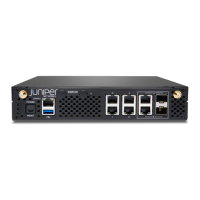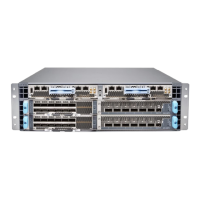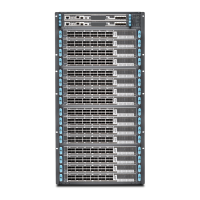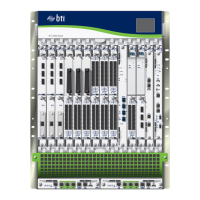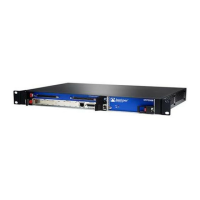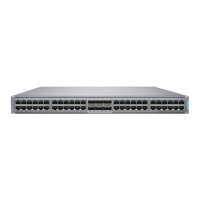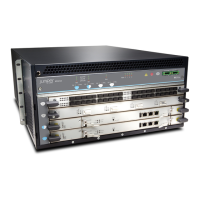the burden of performance on the host OS, which normally bridges all the traffic between
VNFs, into and out of the device.
Generally, SR-IOV can provide lower latency and lower CPU utilization—in short, almost
native, non-virtual device performance. But VNF migration from one device to another
is complex because the VNF is dependent on the NIC resources on one machine. Also,
the forwarding state for the VNF resides in the Layer 2 switch built into the SR-IOV NIC.
Because of this, forwarding is no longer quite as flexible because the rules for forwarding
are coded into the hardware and cannot be changed often.
While support for virtio is nearly universal, support for SR-IOV varies by NIC hardware
and platform. The Juniper Networks NFX250 Network Services Platform supports SR-IOV
capabilities and allows 16 partitions on each physical NIC port.
Note that a given VNF can use either virtio or SR-IOV, or even both methods
simultaneously, if supported.
NOTE: Virtio is the recommended method for establishing connection
between a virtualized device and an NFV module.
Related
Documentation
Understanding Disaggregated Junos OS on page 3•
• Understanding Physical and Virtual Components on page 12
• Disaggregated Junos OS VMs on page 6
• Understanding Virtio Usage on page 8
• Understanding SR-IOV Usage on page 10
Understanding Physical and Virtual Components
In the disaggregated Junos OS Network Functions Virtualization (NFV) environment,
device components might be physical or virtual. The same physical-virtual distinction
can be applied to interfaces (ports), the paths that packets or frames take through the
device, and other aspects such as CPU cores or disk space.
The disaggregated Junos OS specification includes an architectural model. The
architectural model of a house can have directions for including a kitchen, a roof, and a
dining room, and can represent various kinds of dwellings; from a seaside cottage to a
palatial mansion. All these houses look very different, but still follow a basic architectural
model and share many characteristics.
Similarly, in the case of the disaggregated Junos OS architectural models, the models
cover vastly different types of platforms, from simple customer premises equipment
(CPE) to complex switching equipment installed in a large data center, but have some
basic characteristics that the platforms share.
Copyright © 2017, Juniper Networks, Inc.12
JDM User Guide for NFX250 Network Services Platform
